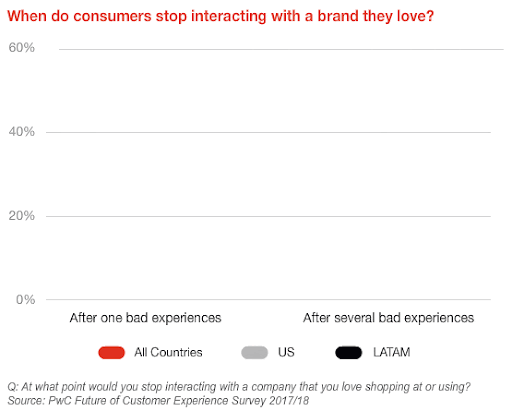
User experience research (UXR) aims to empathize with users, developing a deep understanding of their desires and abilities while maintaining the context of the business objectives. With possible applications to every aspect of the design process, user experience research supports iterative improvements to your software and services that enhance users’ experiences with and perceptions of your product.
By empathizing with users and testing the usability of your digital solution, user experience research determines the functionality, efficiency and desirability of your product. Best practices promote and “provide a consistent, rapid, controlled, and thorough method of examining the users’ perspective.” (1)
User experience research can be applied at every phase of the design process; from discovering what design components users prefer to locating pain points in the user journey. Collecting and analyzing direct user feedback is critical at every stage of project development. The methods employed to collect feedback can be, and often are, applied at multiple design stages to establish and compare users attitudes and behaviors.
Best practices for user experience research involve eliminating bias, or patterns of behavior that can influence the results of user studies (2). To avoid confounding or unsound results, we strive to eradicate cognitive biases and are transparent about any limitations that arise.
During the design process, focusing resources on the frequency of usability issues and why they occur is the easiest way to avoid costly design mistakes at later stages. In truth, success isn’t guaranteed by a good user experience; a bad one, however, leads to swift failure (1). Even worse than complete failure is mediocrity – small pain points scattered throughout a mediocre user journey can go unnoticed, creating a “death by a thousand papercuts” scenario for your users that is lethal to their experience with your product.
According to an extensive report by PwC, “even when people love a company or product, 59% will walk away after several bad experiences.” Further, only one bad experience with a brand they love would drive away 32% of all customers. User experience research can help ensure your ROI by increasing user satisfaction and engagement. Users are more loyal to products and services that offer a better experience and are willing to spend up to 16% more for that experience, per Forbes.

Uncovering where the design of your product meets and fails your users with quantifiable and qualitative research insights is crucial to add structure to the design and evaluation of your product. User experience research metrics can help reveal patterns in user behavior that are hard or even impossible to see; qualitative data helps illuminate pain points that aren’t visible in numerically reported data and better inform design decisions.
For example, conversion rates for purchases via your website may be high, but interviews with users could reveal minor pain points throughout the user interface, such as irritating copy or an unnoticeable button, that cause some users to drop out before completing their purchases. To recoup those lost orders, empathize with user feedback to improve the primary user journey. 70% of buying experiences are based on how users perceive their treatment, according to a Mckinsey report.
The compilation of small inefficiencies over time can negatively impact the user experience; to better understand user behavior and gain new insights as to how to improve your product, gathering user experience metrics is a must. Without the insights provided by directly empathizing with and studying user behavior, important design choices may be influenced by faulty assumptions or “gut feelings.” User experience metrics are the only surefire indication of whether the user experience improves with every iteration of the product’s design. Regardless of the research outcomes, implementing user experience research creates a “win-win scenario” (2):
In short, the benefits of User Experience Research are well-documented and tangible. It allows you to create and iterate intuitive designs that fill a need and enable users to solve their problems without frustration. User Experience research also reveals important lessons about products’ released by your competitors and promotes increases to your ROI (6).
Conducting user experience research is a way for companies to ensure their efforts and decisions are effective with their users. In REEA Global’s experience, companies who take the time to understand their users tend to have higher and quicker growth results compared to those who dive into business initiatives based on what they think is important. Don’t assume what’s important, listen to your user’s voice instead.
Explore the other blogs in the series:
In the high-stakes world of private equity, effective post-acquisition integration is crucial for maximizing investment value.This complex task involves more than just merging financial statements; it requires a comprehensive blending of systems, cultures, and operational strategies.
